|
|
JAPAN EXHIBITION DESIGN BY NENDO
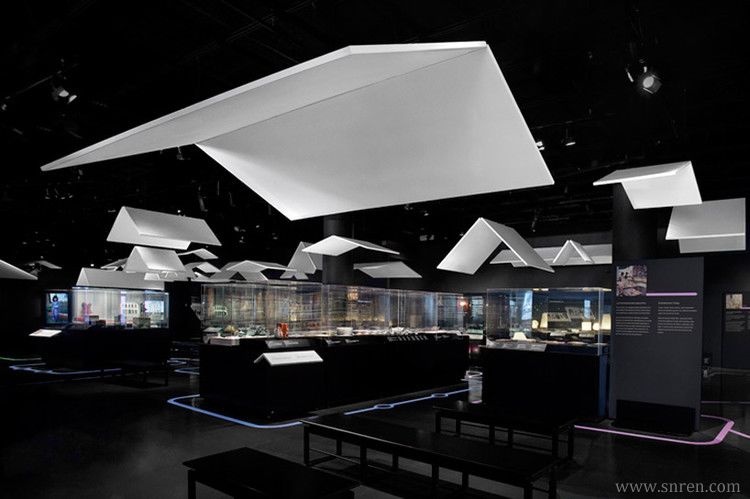
日本工作室nendo最近设计负责的日本“传统与创新”展览在加拿大文明博物馆举行。旨在纪念日本的当代设计和技术的影响。
安立知电子(Anritsu Electronics, Ltd.) 宣布赞助日本探索历史根源与尖端技术与设计大展。本次展览的主题为-- 日本:传统与创新 (JAPAN: Tradition. Innovation.) 在加拿大魁北克的文明博物馆(Canadian Museum of Civilization) 展出,展出期间自2011年五月20日至2011年10月10日。
「日本:传统与创新」展庆祝日本长达一世纪之久的传统与创新。参观者将发现许多展出品呈现日本领先具优势的现代感设计- 也就是日本革命性的机器人、前卫艺术与引领潮流的时尚,这些创新最早可追朔自17世纪初。
加拿大文明博物馆首席执行官Victor Rabinovitch博士说道:「日本近年来许多流行文化如动画製作和许多天才般的科学技术,让加拿大形成庞大的日本风潮,而这个展览透过更具体地呈现,使加拿大人能够更近一步了解许多当代日本设计来自他历史悠久的江户时代,亦即1803至1867年间。「日本:传统与创新」展证明了日本长久的创造力与应变能力可成为借鉴,并同时帮助日本的重建。」
加拿大文明博物馆(Canadian Museum of Civilization)是加拿大国家人类历史博物馆,是加拿大最受欢迎和访问最多的博物馆之一它坐落在魁北克省加蒂诺,位于渥太华河畔,对面是位于安大略省渥太华的加拿大议会建筑物。博物馆的主要目的是收集、研究、保存、展览体现加拿大人历史和其人民文化多样性的各种实物。
文明博物馆最负盛名的是其展现了加拿大20000年的人类历史的永久性画廊,以及它的建筑和河滨。博物馆还有一个不断变化的特殊展览,内容为加拿大的主题扩展,并探索其他过去和现在的文化和文明。文明博物馆也是一个重要的研究机构。其专业工作人员包括加拿大历史学、考古学、民族学、民俗文化、以及其他领域的专家。
博物馆历史可以追溯到到1856年,是北美最古老的文化机构之一。它也是加拿大儿童博物馆、 加拿大邮政博物馆的所在地。并有一个3DIMAX影院。
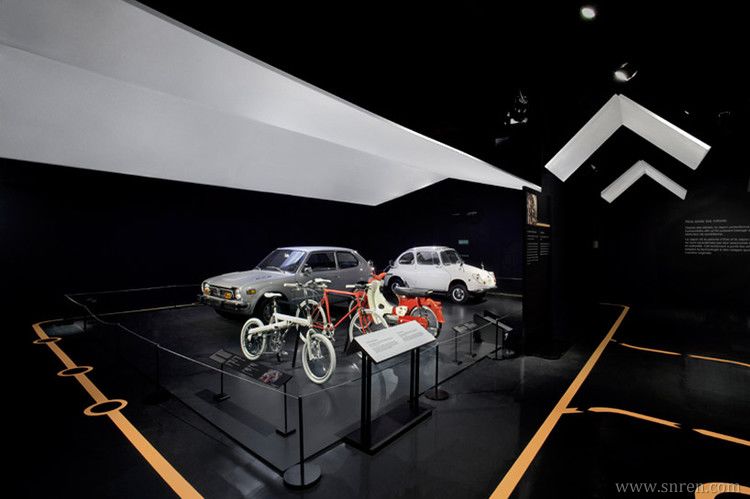
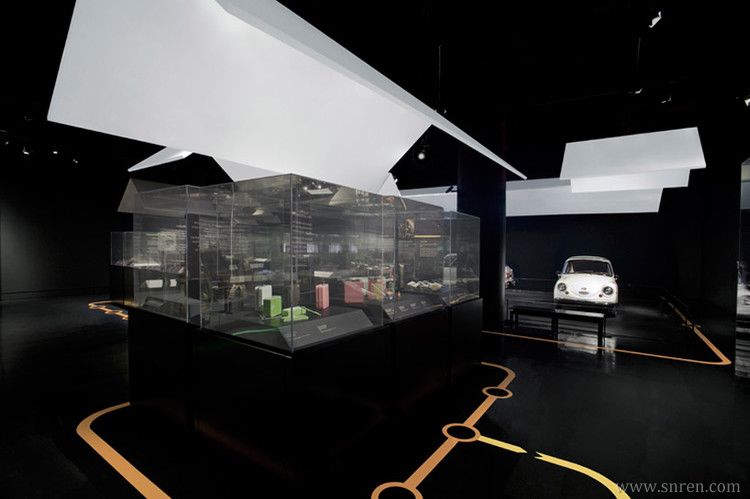
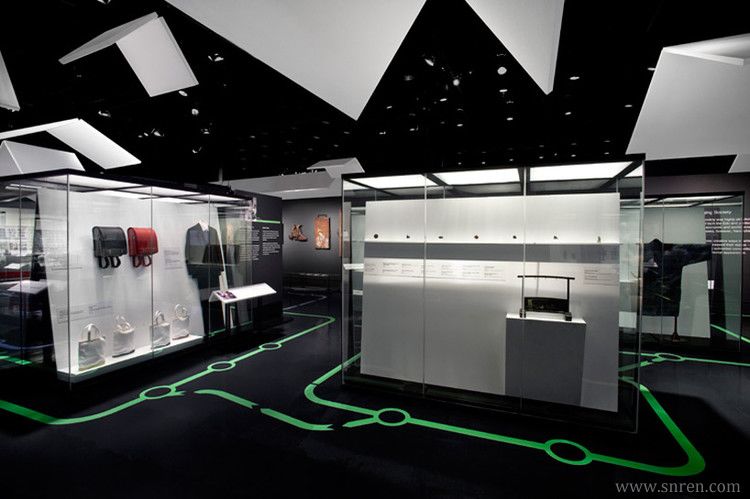
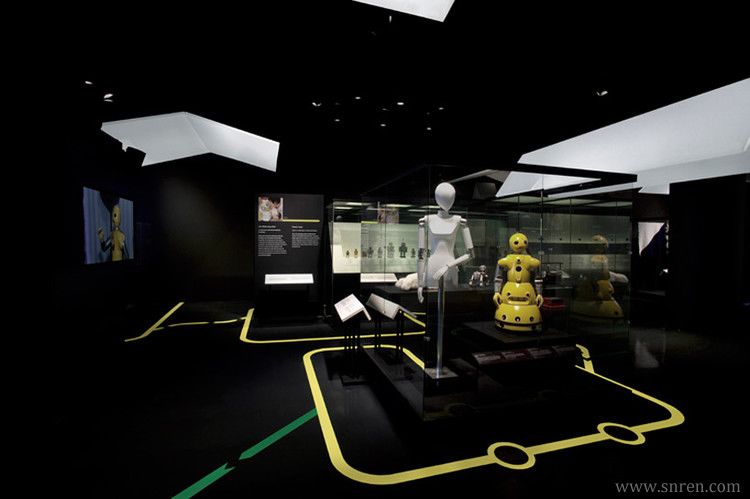
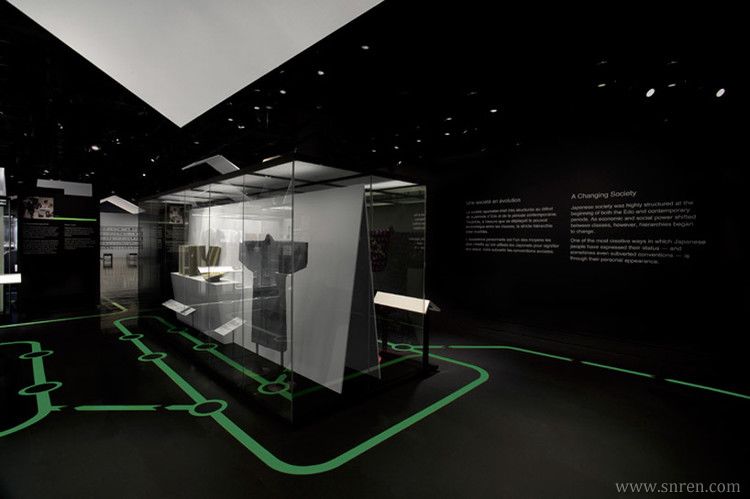
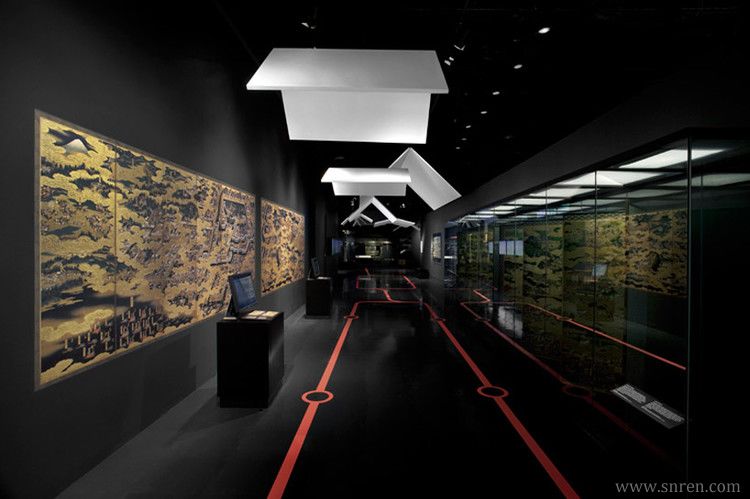
Take a look at Nendo's striking exhibition design for a show called 'Japan: Tradition. Innovation.' at the Canadian Museum of Civilization.
The exhibition, which is divided into five sections, is devoted to transportation, robotic technology, social status, consumer culture and play, uses a comparison between contemporary and Edo Period Japan (which stretches from 1615-1868...) to explore and interpret the relationship between Japanese culture and design.
"Given the massive 650 square metre space, we decided to use 'roofs' in a variety of sizes and heights to demarcate the different exhibits, rather than constructing temporary interior walls." say Nendo of their design approach.
A subway map-like graphic on the floor allows visitors to identify the different zones, and the areas under larger, lower roofs are 'closed' spaces. The light that falls between the many smaller roofs like sunbeams filtering through leaves creates a 'half-outdoor' space.
Visitors look out into 'outside spaces' from underneath the roofs and - conversely - can peer back into 'inside spaces', producing a hybrid, effervescently-changing space in which the relationship between inside and outside can never be known for sure.
At first glance, clearly-defined lines of movement seem to have disappeared, and objects to be jumbled about in no visible order, but in actual fact, the space is subtly and carefully divided using the invisible space-defining practices of 'ma' and 'shikiri', which have existed in Japan since ancient times.
The result: the massive space loses its homogeneity, and provides visitors with the chaotic spatial experience of Japanese urban space.
|
|
 |手机版|Archiver|室内人
( 辽ICP备05022379号 )
|手机版|Archiver|室内人
( 辽ICP备05022379号 )


 关于室内人 | QQ:3459039404(客服) | Email:snren_com@163.com
关于室内人 | QQ:3459039404(客服) | Email:snren_com@163.com